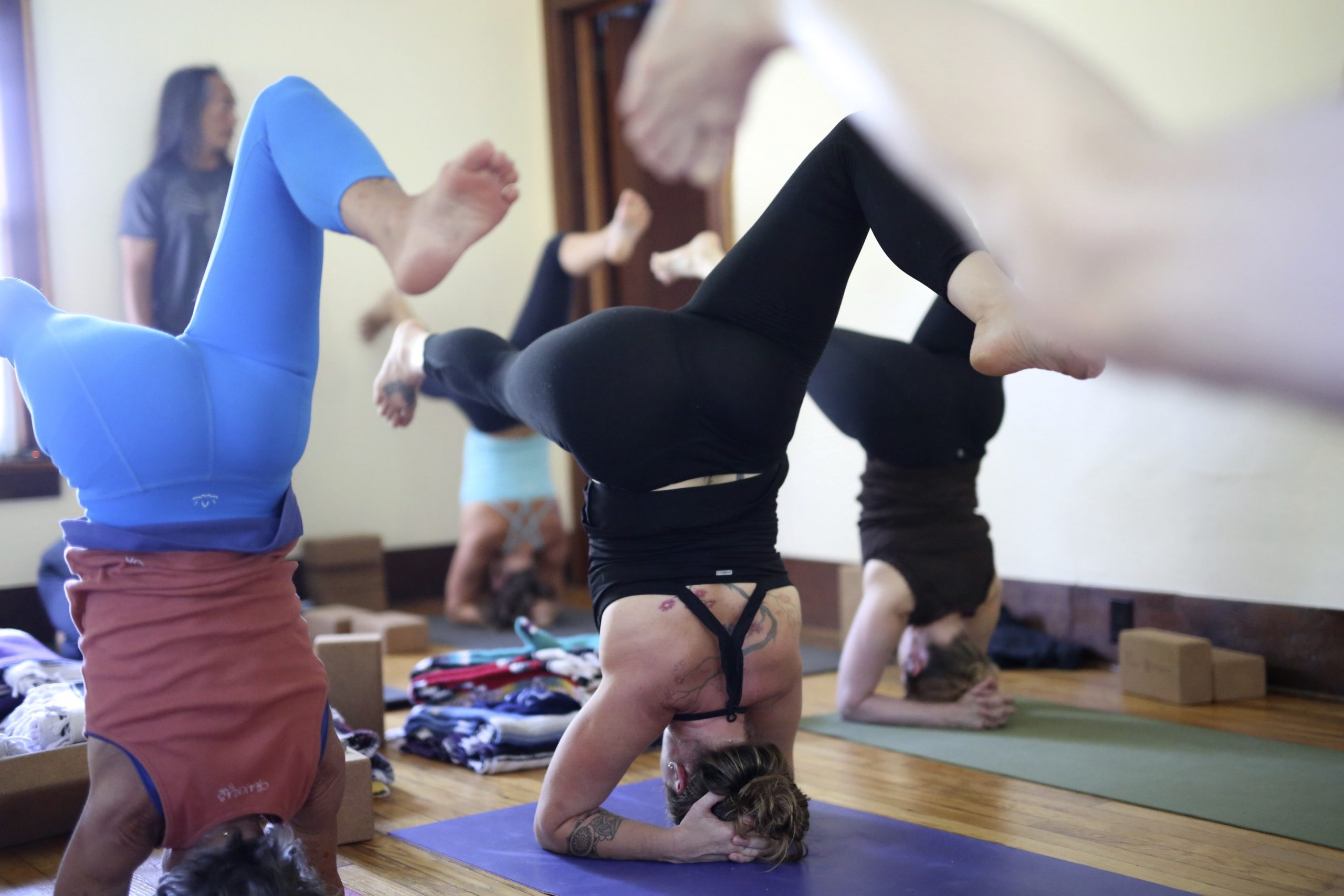There’s a fantastic sutra in the first pada, or chapter, of the Yoga Sutras in which Patanjali suggests that steadiness of mind can be found by contemplating an enlightened soul. Georg Feurstein elaborates: “Or [restriction is achieved when] consciousness is directed to [those beings who] have conquered attachment” (The Yoga-Sūtra of Patañjali). Truth be told, I’ve never really found this sutra to be especially useful in my life, and here’s why: I don’t know anyone who’s enlightened, at least not personally. Do you?
Maybe for some it’s easy to invoke a genuine connection with a well-known enlightened soul, like the Dalai Lama or Mother Teresa. I can appreciate the appeal of this practice. After all, what could be more inspiring than the work and spirit of these great souls? But while I deeply respect the wisdom of their teachings, meditating on an enlightened personality—someone I don’t know—has always felt inauthentic.
When it comes to transforming philosophy into an actionable practice, I believe there’s value in trying to find an open window—a relevant, accessible doorway into the philosophy that harmonizes with my unique personal experience. Simply put: I try to meet myself where I am. If I can build a direct relationship with an idea, I can test drive it in my own life. As I apply the philosophy in real time, my frame of reference begins to expand. This process deepens my understanding of the sutra and ultimately brings me closer to its intended meaning, uncolored by my perspective.
My personal approach to sutra 1.37 is simple, but effective. I contemplate someone in my life who embodies a quality I’d like to cultivate within myself. For example, my friend Shoshanna is a confident and clear communicator. She has this way of extracting and articulating the truth that I find so inspiring. If I’m struggling with ambivalence, I might ask myself, “How would Shoshanna see this situation?” I meditate on her clarity and it encourages me to change my perspective.
If I’m plagued by those nasty Who do I think I am? vrttis, I think about my friend Estelle. Estelle radiates self-confidence and would be the first to knock that nonsense right out of me. My friend Allyson has the patience of a saint. She might disagree with me, but watching her with her children is immensely inspiring. When I need perspective, I think of my friend Anna (Banana); she has this magical way of disarming difficult situations by shedding light on the darkness.
If we’re only looking at ourselves and our circumstances through the lens of our personal experience, we’re only ever going to see one possibility. Ironically, I discovered this truth by using my personal experience to unpack sutra 1.37. My “What Would ______ Do?” approach has proven to be an effective technique because it invites me to try on a different perspective. After all, whatever it is that I’m looking for is already inside of me; it’s just a matter of seeing it clearly.
By expanding Patanjali’s suggested subject to include the beautiful souls of plain old regular people, the practice becomes relevant and personal. I’d like to share one of my guided meditations from Meditation Studio App that puts this sutra into practice. Have a listen and feel free to share your experience in the comments below!






Join the Discussion